Tasmania dangles off Australia’s southern coast like a wild, heart-shaped pendant – familiar to many yet genuinely understood by few. While Cradle Mountain, Port Arthur, and Wineglass Bay capture most visitor itineraries, this compact island state conceals extraordinary treasures that remain remarkably uncrowded.
Beyond the postcard destinations lies another Tasmania – one of the secret beaches, forgotten historic sites, and natural wonders that seem almost impossible in their beauty. Here is a list of 20 hidden Tasmanian gems that showcase the island’s surprising diversity and remarkable secrets waiting for more adventurous travelers.
Duckhole Lake
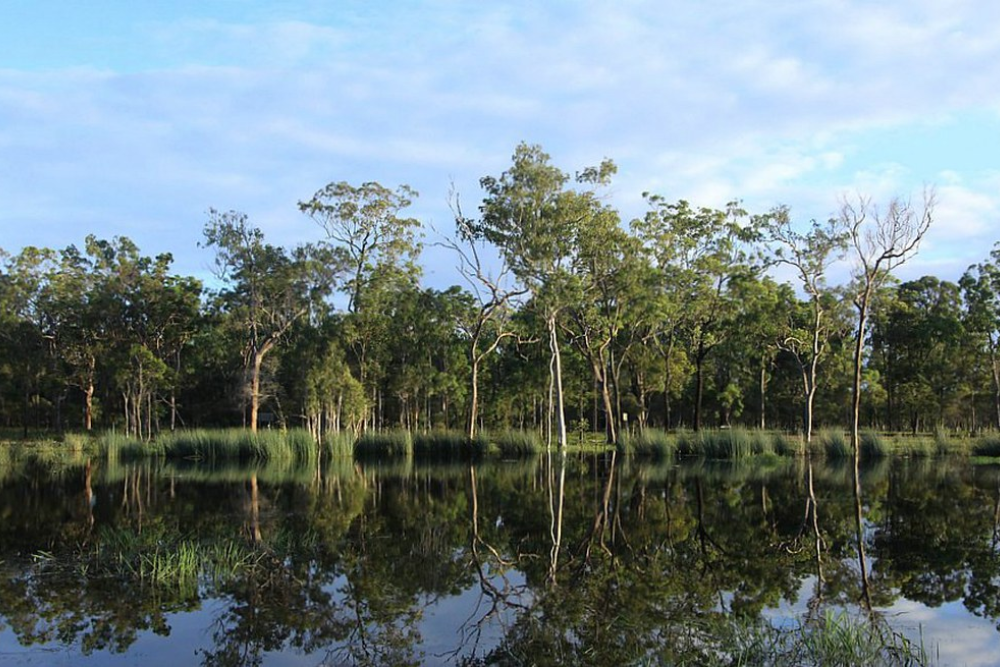
This perfect mirror lake sits nestled within an ancient forest just an hour from Hobart yet receives remarkably few visitors compared to more famous Tasmanian waters. A gentle 2.5-mile return walk leads through towering eucalyptus and myrtle beech trees before revealing a serene flooded sinkhole reflecting the surrounding forest with astonishing clarity.
The remnants of early logging operations add historical interest, while platypus sightings reward patient visitors during early morning or evening hours.
The Painted Cliffs of Maria Island

Maria Island’s east coast hides extraordinary sandstone formations where iron oxide has created swirling patterns resembling abstract paintings across wave-sculpted cliffs. These geological masterpieces appear most vibrant during the late afternoon when golden sunlight intensifies their orange and russet hues.
Timing visits with low tide prove essential for safely exploring these remarkable formations, which combine artistic patterns with dramatic Tasman Sea backdrops on this car-free national park island.
Like Travel Pug’s content? Follow us on MSN.
Corinna Wilderness Experience

This former gold mining settlement was transformed into a thoughtful wilderness retreat surrounded by pristine temperate rainforests on the banks of the Pieman River. The remote outpost offers uncompromised access to the Tarkine wilderness, with just a handful of restored cottages and limited facilities ensuring genuine isolation.
Evening platypus watching, forest bathing beneath 200-foot tall trees, and stargazing uncorrupted by light pollution create experiences increasingly rare in our connected world.
The Disappearing Tarn
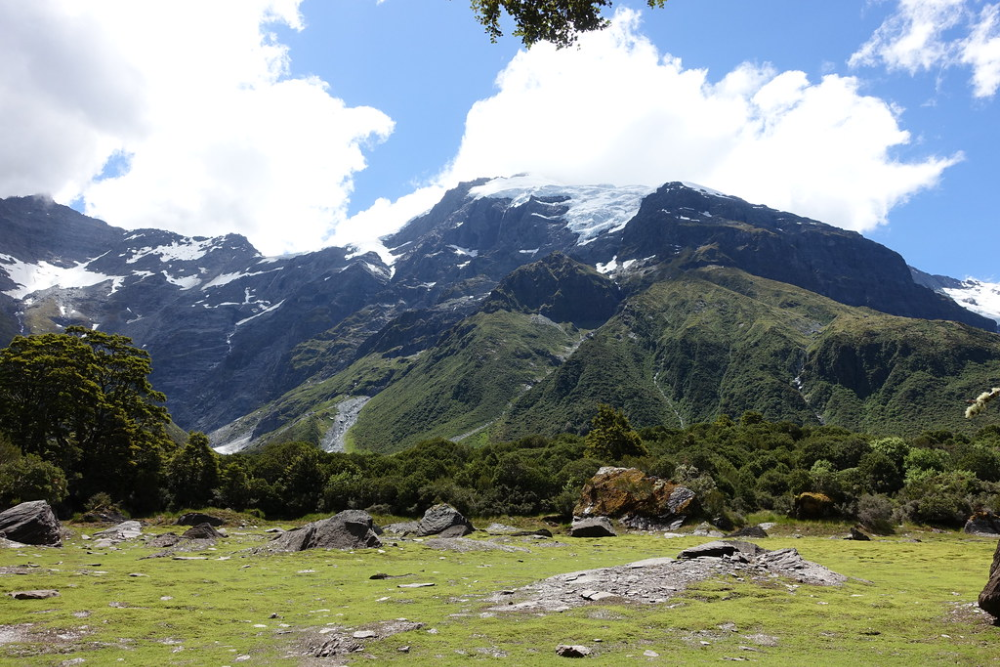
This ephemeral alpine pool materializes on Hobart’s Kunanyi/Mount Wellington only after specific heavy rainfall conditions, then vanishes during dry periods. When present, the tarn’s impossible turquoise color against weathered boulders creates an otherworldly scene incongruous with its bushland surroundings.
The unmarked trail requires moderate fitness and careful navigation, ensuring this temporary wonder remains uncrowded even when filled to its vibrant best after significant precipitation.
The Garden of Stone
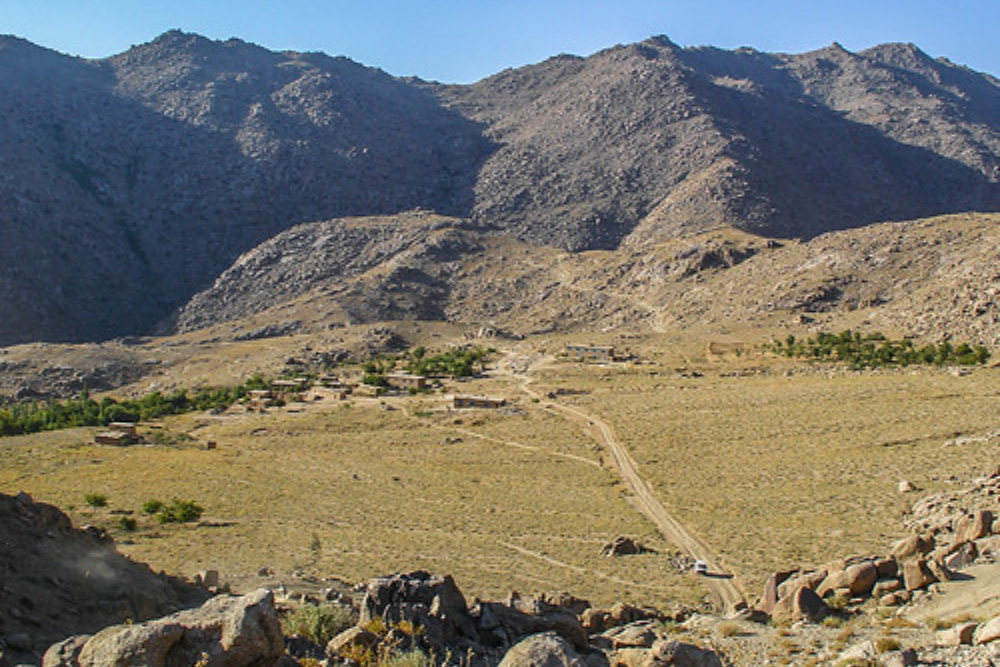
These alien-seeming limestone formations rise from the rainforest floor near Mole Creek, creating what appears as a garden of stone sculptures crafted by some ancient civilization. The protected cave system features flowing stone curtains, delicate crystalline structures, and massive columns formed over millions of years.
Limited visitation permits and guided-only access preserve this fragile underground environment while creating an intimate experience far from mass tourism flows.
Like Travel Pug’s content? Follow us on MSN.
Gem Island
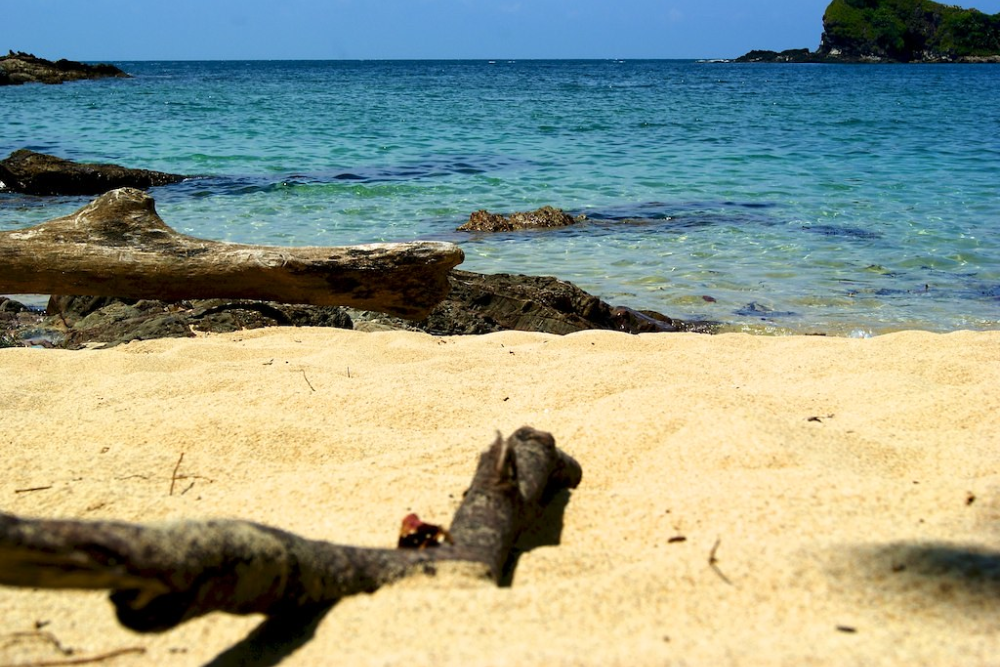
This tiny granite island sitting just offshore from Binalong Bay remains accessible only at low tide when a sandbar creates a temporary walking path from mainland Tasmania. The perfectly rounded granite boulders stacked along its shoreline glow orange with lichen while crystal-clear waters invite swimming in protected coves.
Timing visits requires careful attention to tide charts, naturally limiting visitor numbers to those willing to plan around nature’s schedule.
The Horizontal Falls of the Gordon River
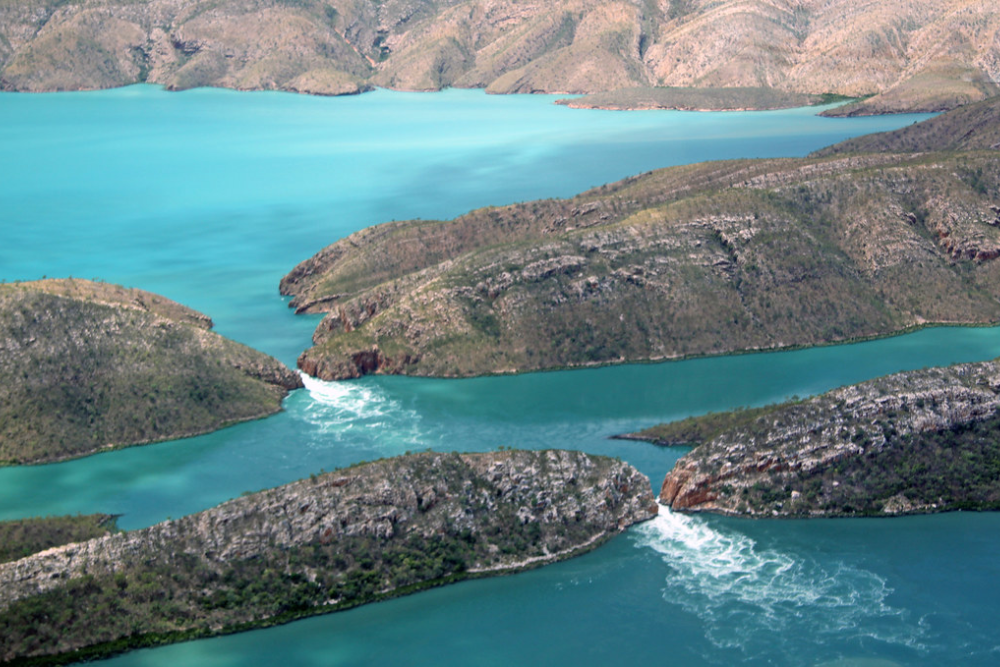
While technically not falls but rather a natural phenomenon where tannin-stained freshwater flows over saltwater, creating the illusion of a horizontal waterfall, this remarkable sight remains visible only by boat in Tasmania’s remote southwest. The layered waters create distinct bands of color that appear to flow sideways rather than downward, defying expected water behavior.
The phenomenon occurs in one of Tasmania’s least accessible regions, preserving its wonder for those committing to multi-day boat journeys.
Mount Strzelecki’s Hidden Granite Pools
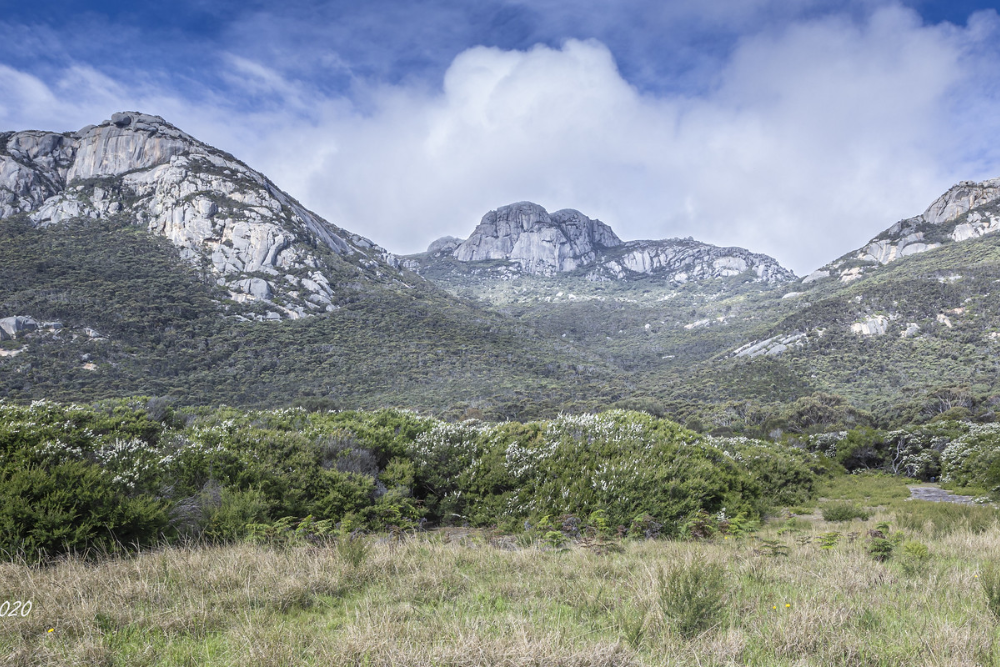
The rugged Strzelecki National Park on Flinders Island harbors pristine granite swimming pools formed by enormous boulders, creating natural infinity edges overlooking the Bass Strait. These crystalline basins remain unknown even to most Tasmanians due to their remote island location and the moderately challenging hike required to reach them.
The reward for the effort comes in having these perfect swimming holes entirely to yourself most days of the year.
Like Travel Pug’s content? Follow us on MSN.
Mersey Bluff Caves
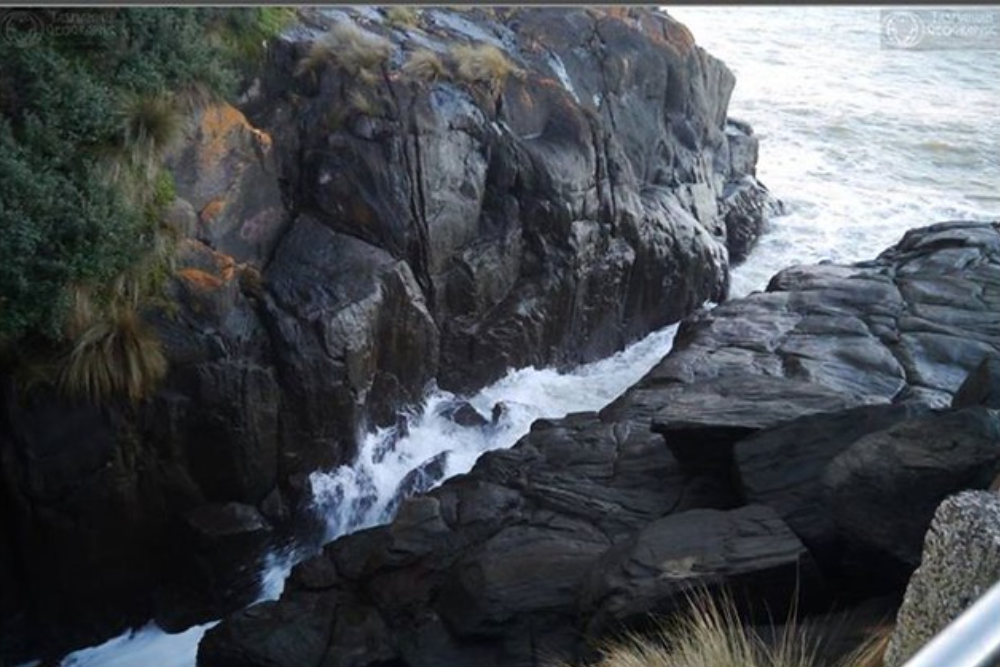
These sea caves beneath Devonport’s lighthouse promontory reveal themselves only at specific low tides, showcasing remarkable Aboriginal petroglyphs dating back thousands of years. The ancient rock art depicts spiritual symbols and daily life aspects of Tasmania’s first peoples within chambers that fill during high tide.
Access requires both favorable tide conditions and respect for the cultural significance of these little-publicized archaeological treasures.
The Needles
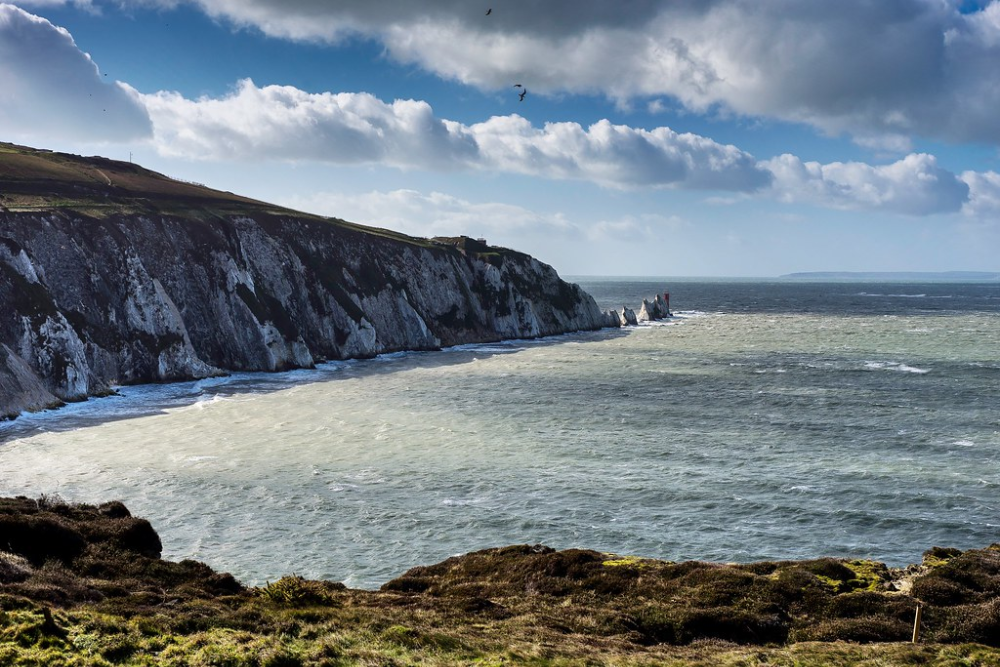
These jagged quartzite spires thrust skyward from the Western Arthur Range like nature’s attempt at Gothic architecture, creating one of Tasmania’s most dramatic mountain features rarely seen except by dedicated bushwalkers. The fortress-like formations require a challenging multi-day trek through some of the island’s most unpredictable weather, ensuring they remain the domain of experienced hikers willing to earn their remarkable views across Tasmania’s southwest wilderness.
Little Blue Lake
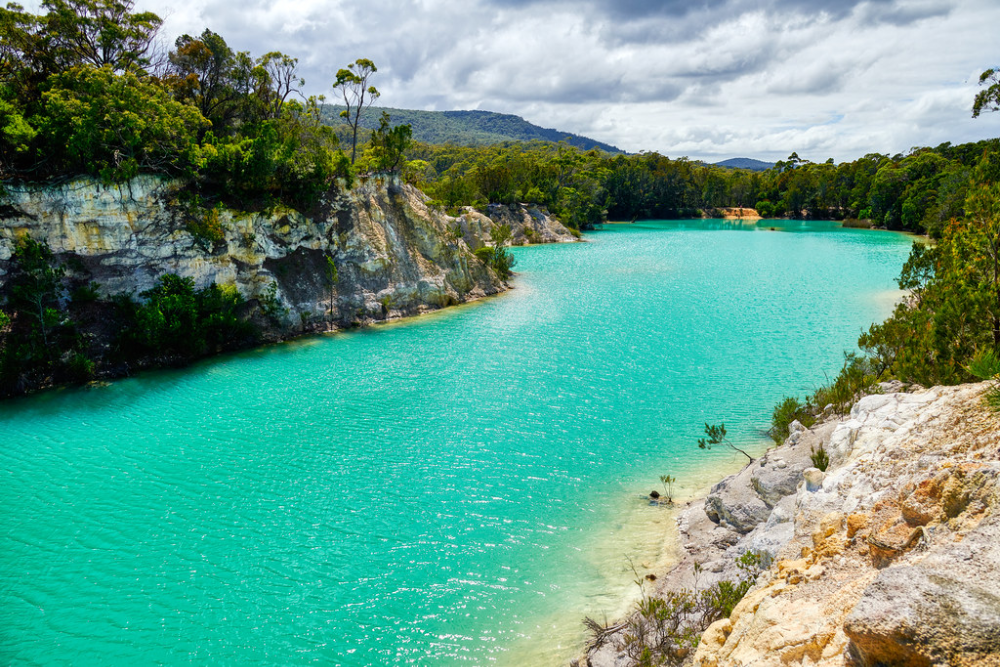
This surreal, vibrantly turquoise lake in northeast Tasmania owes its otherworldly color to the mineral composition from its origins as a tin mine. The artificial cavity filled with groundwater creates colors rivaling tropical beaches despite its cool temperature.
The remote location down unmarked gravel roads ensures minimal visitors beyond locals who treasure this swimming spot hidden amidst the eucalyptus forest several miles from the nearest paved road.
Like Travel Pug’s content? Follow us on MSN.
Tasman Island Boat Shed
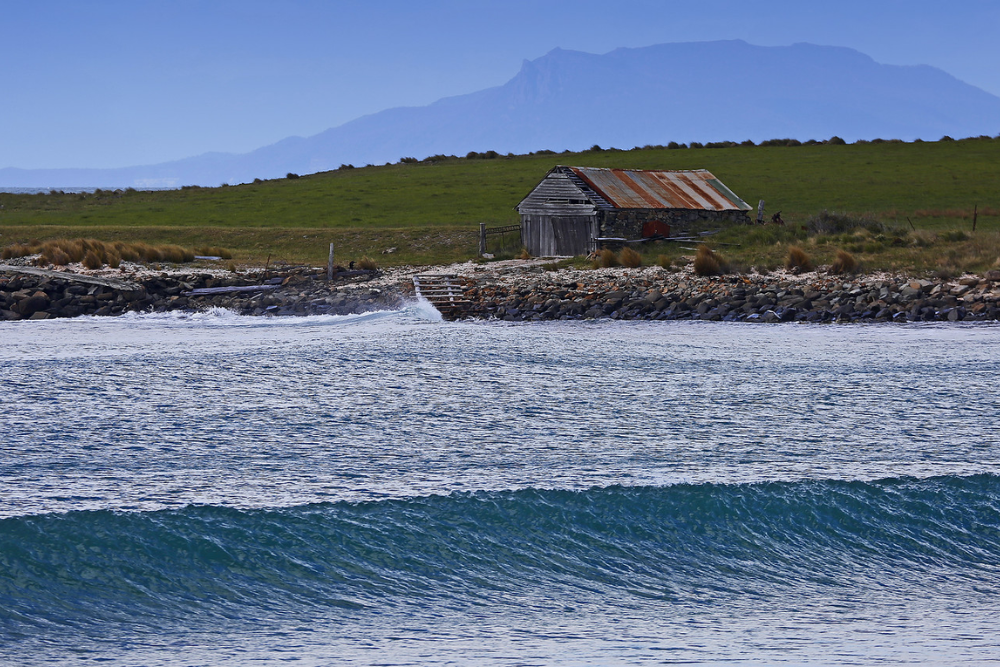
This improbably placed wooden boat shed clings to a narrow rock ledge on precipitous Tasman Island, accessible only by helicopter or technical rock climbing. Built by lighthouse keepers in the early 1900s to shelter rescue boats, the structure represents extraordinary human determination against overwhelming natural obstacles.
While most visitors glimpse it only briefly from passing cruise boats, its unlikely existence symbolizes Tasmania’s heritage of isolated outposts maintained against all logical odds.
Ralphs Falls Secret Viewpoint
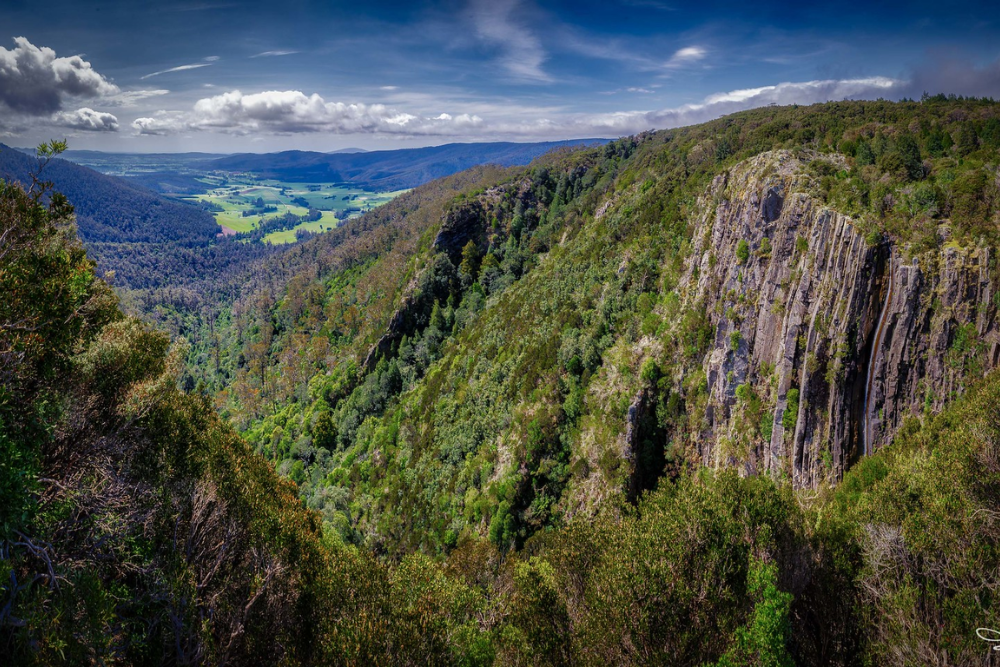
While the main lookout at these 330-foot falls attracts modest visitor numbers, few discover the unmarked side trail leading to a natural rock platform behind the waterfall curtain. This hidden vantage point allows visitors to experience the falls from behind the water as it plunges into the valley below, creating a 270-degree perspective impossible from the official viewing area.
The unmarked trail’s faint nature ensures most travelers miss this extraordinary perspective.
The Milkshake Hills
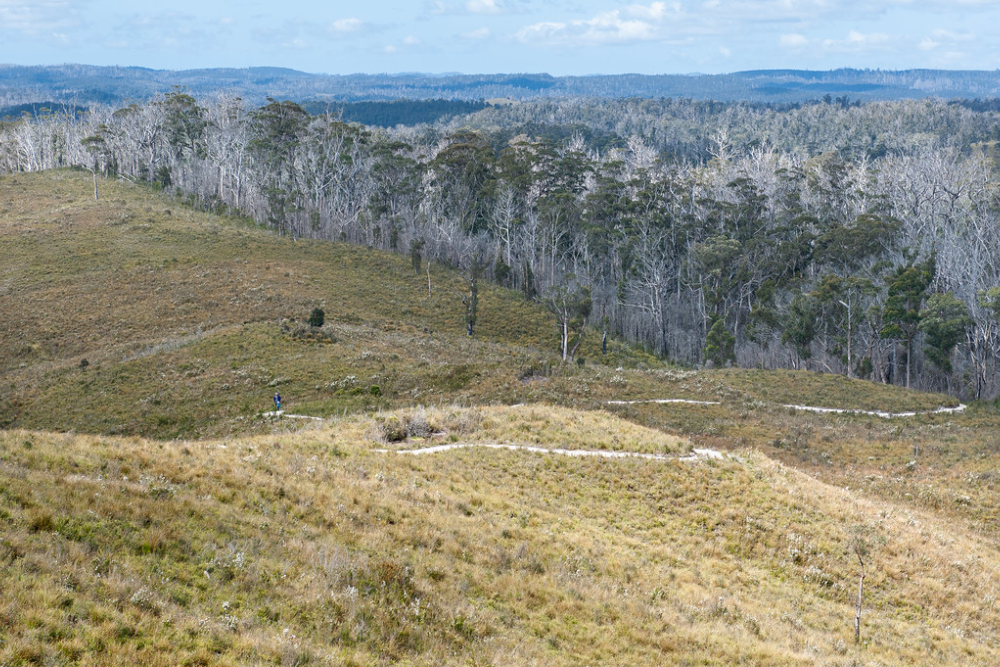
These curious geological formations near Smithton feature enormous boulders balanced improbably atop small contact points, creating what appears as deliberately arranged sculptures rather than natural formations. The forest surrounding these balanced rocks contains some of Tasmania’s finest examples of cool temperate rainforest with minimal tourist infrastructure.
The remote location in Tasmania’s far northwest ensures these remarkable stone arrangements remain uncrowded even during peak visitor seasons.
Like Travel Pug’s content? Follow us on MSN.
Fossil Bluff
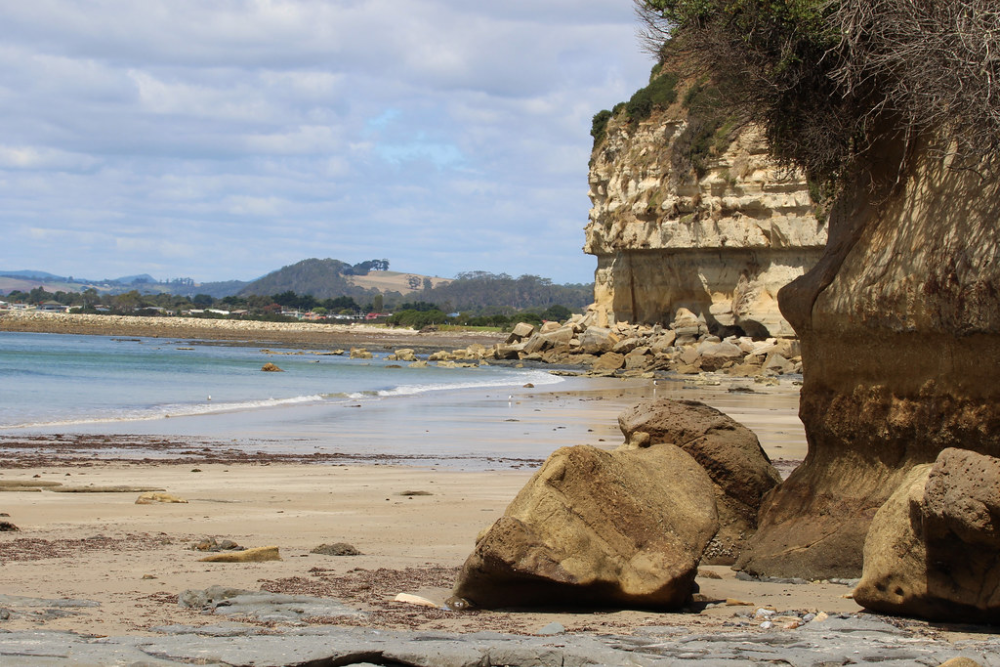
This coastal cliff face near Wynyard contains one of the Southern Hemisphere’s richest Cenozoic fossil deposits. Amateur paleontologists regularly discover perfectly preserved 25-million-year-old specimens eroding from sandstone layers.
The unprotected and unsigned site allows responsible visitors to examine ancient scallops, gastropods, and occasionally vertebrate fossils along the beach below weathered bluffs. Local knowledge proves essential for finding this unmarked scientific treasure hiding in plain sight.
South Coast Track’s New Harbour
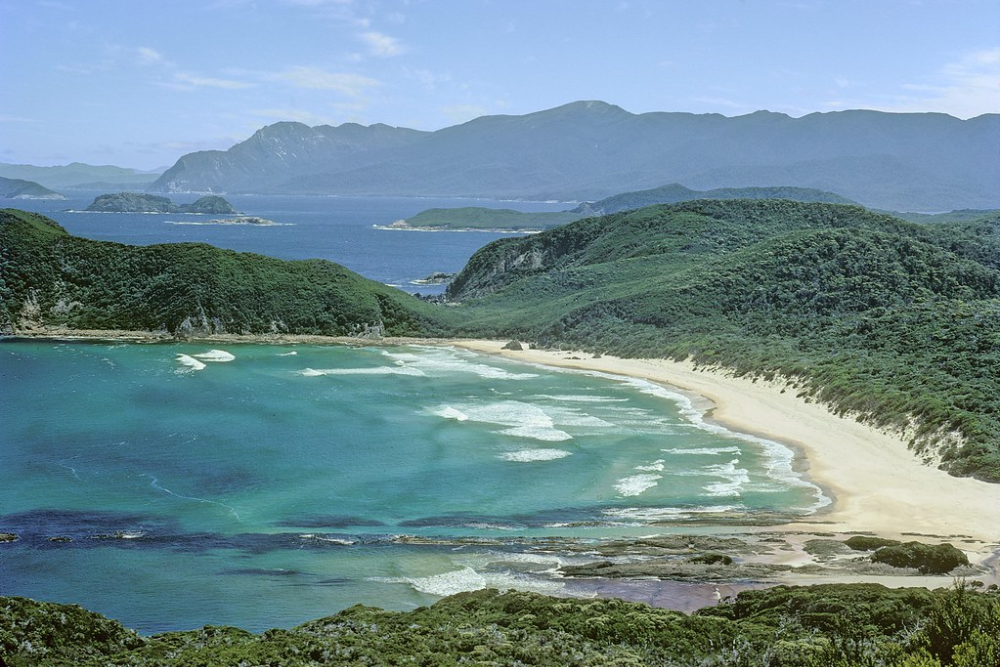
While the South Coast Track itself attracts dedicated hikers, few venture to the side trail leading to New Harbour’s pristine crescent beach flanked by perfect granite headlands. This detour from the main route requires navigating unsigned trails. Still, it rewards explorers with Tasmania’s most perfect and reliably empty beach, where footprints in the sand likely belong to native wildlife rather than other humans.
The multi-day commitment required to reach this location ensures its continued seclusion.
Trial Harbour’s Ghost Town
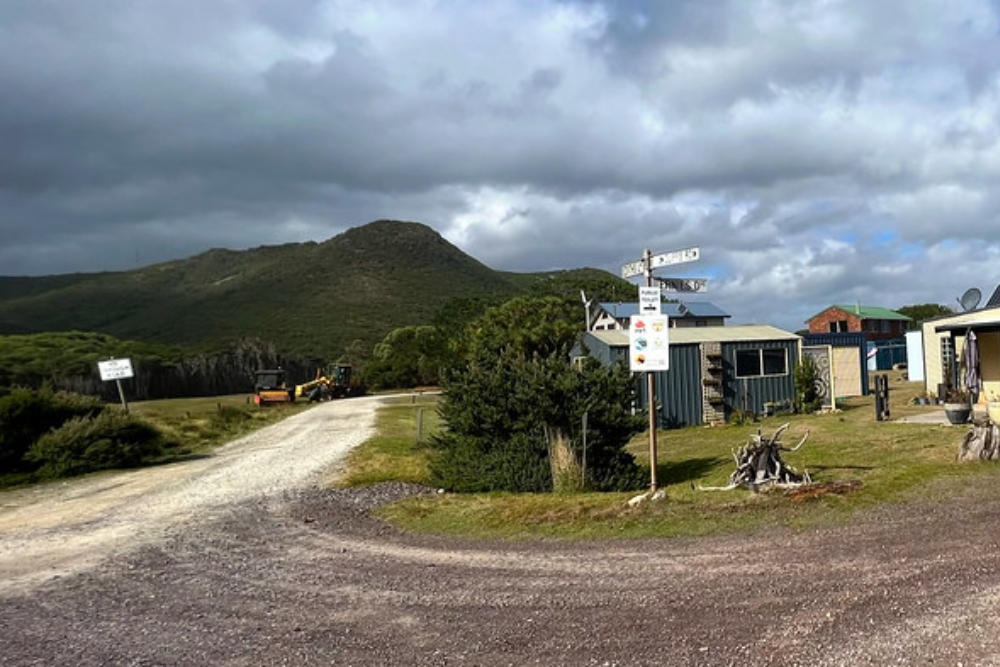
This tiny settlement on Tasmania’s wild west coast contains more abandoned buildings than occupied ones, creating an atmospheric time capsule from the area’s mining heyday. The handful of remaining residents maintain weather-beaten cottages against relentless Southern Ocean elements while the foundations of the former boomtown slowly return to nature.
The remote location down 19 miles of unsealed road discourages casual visitors, preserving its authentic character and remarkable coastal position.
Like Travel Pug’s content? Follow us on MSN.
Hastings Thermal Springs
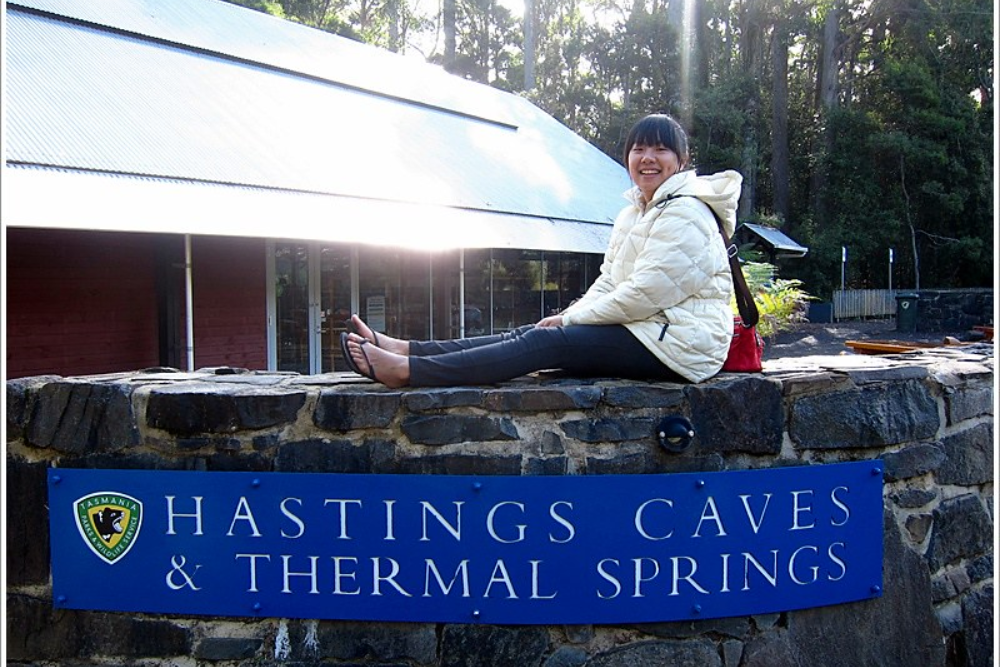
These natural hot springs hidden within the forests near Hastings Caves maintain a constant 28°C temperature regardless of season, creating steaming pools where native vegetation grows with unusual vigor alongside the warm waters. Unlike the developed swimming facility nearby, these natural springs remain unmarked and undeveloped, requiring local knowledge to locate their secluded position among massive eucalyptus trees and tree ferns.
Liffey Falls Upper Cascade
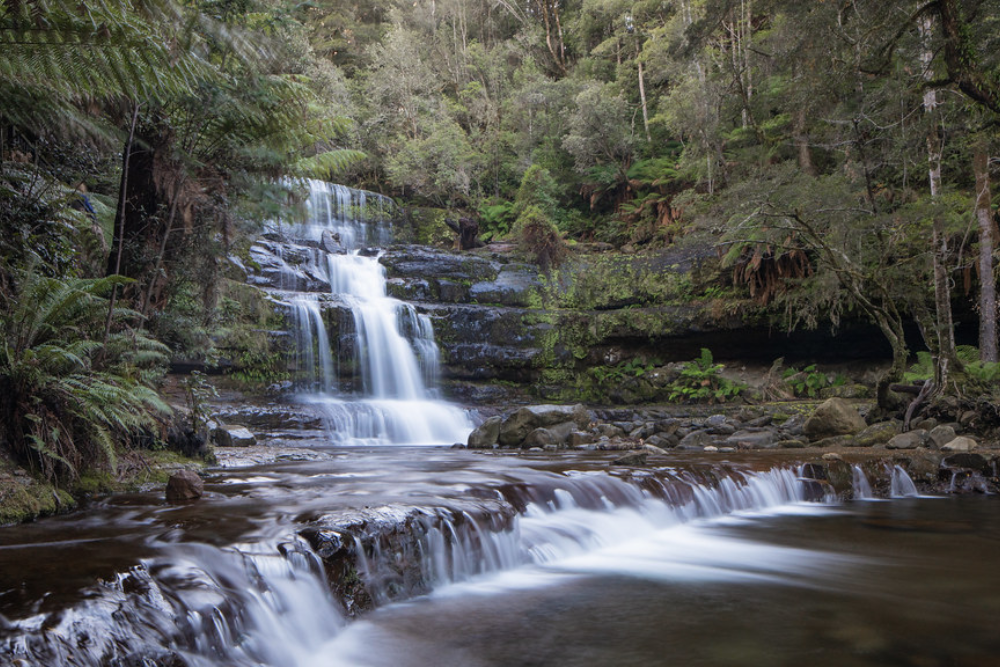
While Liffey Falls attracts moderate visitor numbers, few continue beyond the main viewing platform to discover the upper cascade – a perfect multi-tiered waterfall flowing through a natural stone bowl that remains absent from tourist brochures. The unmarked upper trail requires careful navigation across slippery rocks, naturally limiting access to more adventurous visitors willing to explore beyond designated paths.
The reward comes in having this perfect forest waterfall entirely for yourself, even during peak periods.
Tunnel Beach
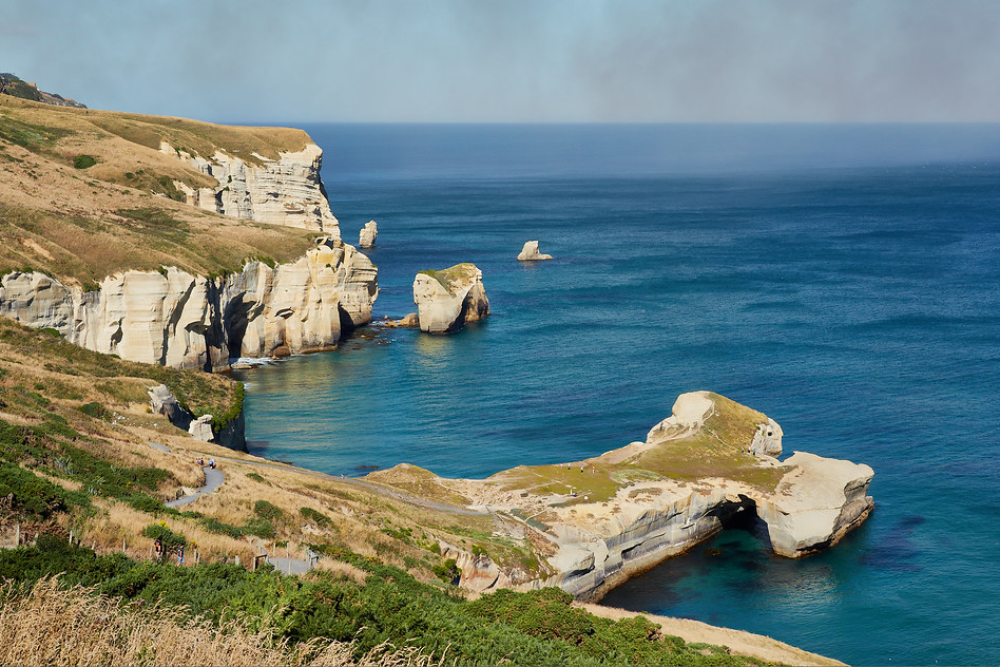
This perfectly formed crescent beach near Dover remains accessible only by navigating through a natural sea tunnel carved through a sandstone headland. The 130-foot passage fills partially during high tide, requiring visitors to time their approach carefully or risk being temporarily stranded in this hidden coastal sanctuary.
The reward for proper planning includes a pristine beach framed by dramatic cliffs where native birds nest undisturbed by significant human presence. Local fishermen occasionally use the location but rarely share its existence with outsiders, helping preserve its untouched quality.
Like Travel Pug’s content? Follow us on MSN.
The Island’s Hidden Heart
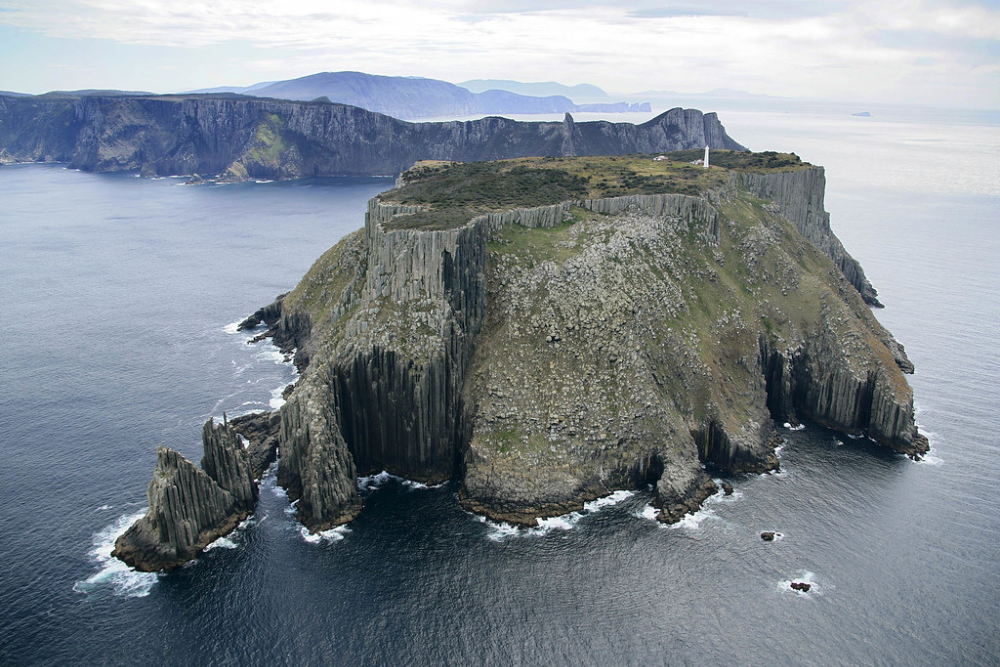
Tasmania rewards travelers willing to venture beyond its famous landmarks with experiences that connect more deeply with the island’s true character. These hidden gems represent not just alternative attractions but windows into Tasmania’s essence – a place where wilderness, history, and natural wonder remain accessible yet remarkably uncrowded.
As larger Australian destinations face overtourism challenges, Tasmania’s secret places continue offering genuine discovery. They remind us that even in our hyperconnected era, places of wonder and solitude still exist for those willing to seek experiences beyond the algorithm’s suggestions.
More from Travel Pug

- 20 Destinations That Were Once Thriving but Are Now Quietly Disappearing
- 13 Destinations Where Tourists Regularly Regret Their Trip
- 20 Once-Popular Beach Towns That Are Now Ghostly Empty
- 10 Under-the-Radar Mountain Towns That Are Both Affordable and Beautiful
- Take a ‘Learning Vacation’ in These 20 Extraordinary Places
Like Travel Pug’s content? Follow us on MSN.
